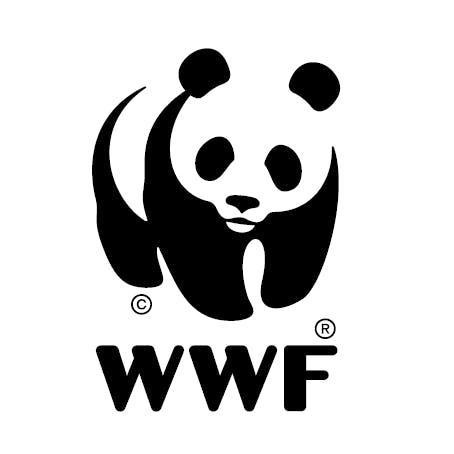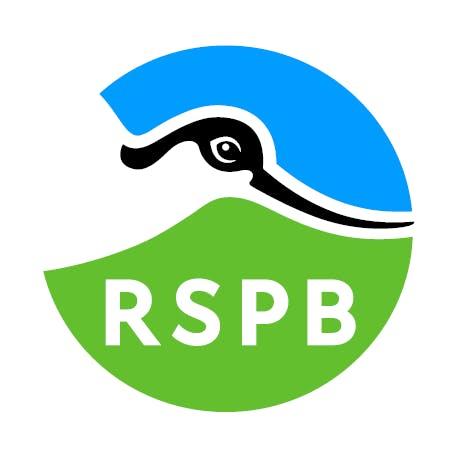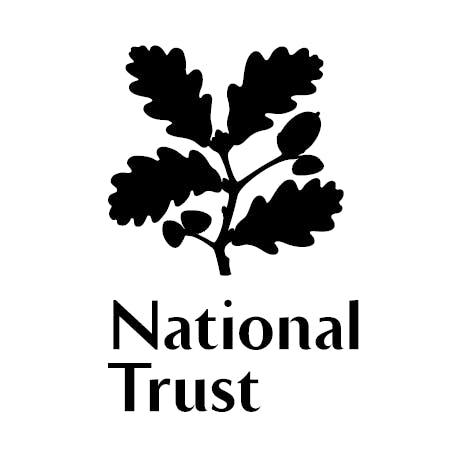Habitat fragmentation
Reduced habitats are devastating for wildlife
A prime example of habitat fragmentation is our woodlands, which have reached crisis point. They’ve become small and scattered as they are cleared for development and farmland, and now only 7% of our native woodlands are in a good condition for nature. Habitat fragmentation is causing harm to wildlife, and we need to do something about it.
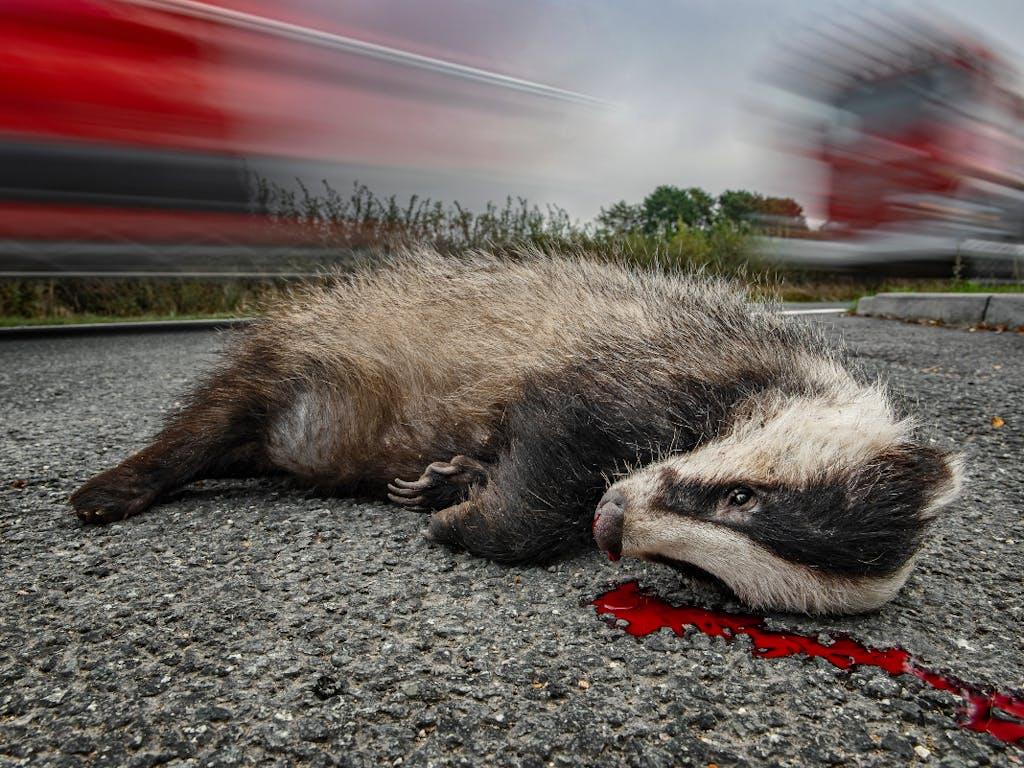

The woods today
We’re used to seeing pockets of woodland broken up by fields, roads and developed land but have you ever wondered how this division might affect the wildlife that lives in these reduced habitats?
Take the industrious willow tit. Each spring, they make a nest by hollowing out a hole in a rotten tree. But their ideal nesting sites are in short supply, and they’re now our fastest-declining resident bird. One of their biggest problems is the loss of the wet, scrubby woodlands they love. Patches of these habitats remain, strung out along rivers or next to old industrial sites, but they’re not continuous.
As willow tits won’t fly far over open ground, their populations have become isolated, and they’re struggling to find enough food and places to nest. Once they’re lost from an area, they often find it very hard to return.
Today, just 7% of native woodlands are in a good condition for nature, and only 2.5% of our wild isles are covered by precious ancient woodland
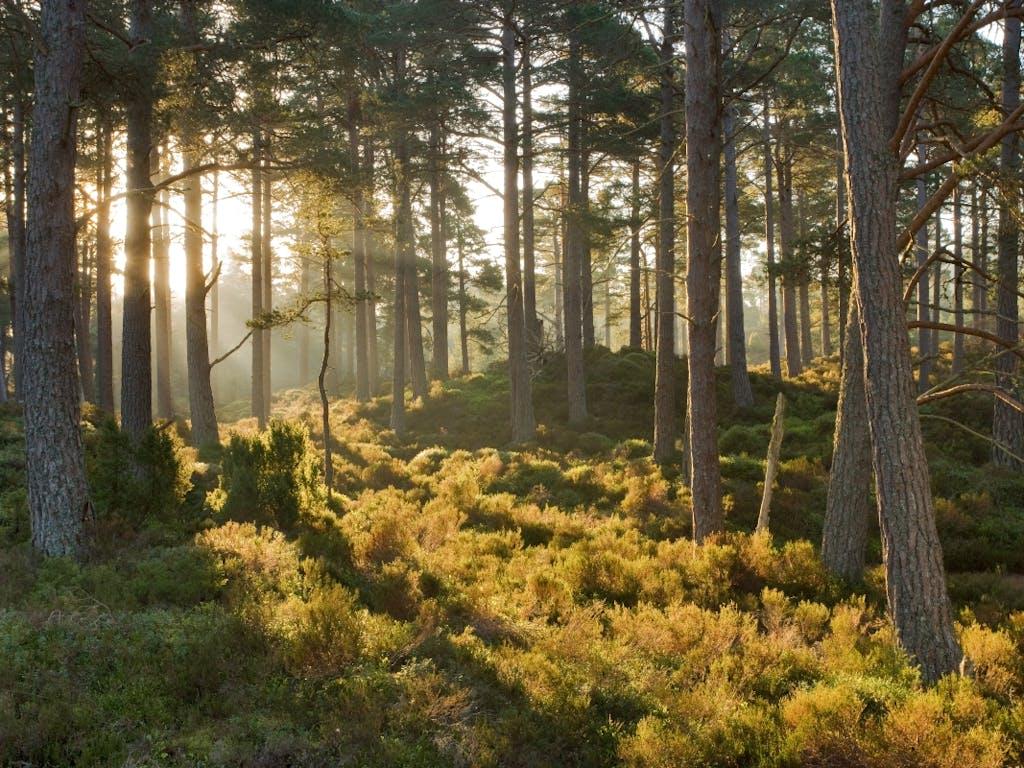

For the trees
Similar fragmentation problems are affecting woodland wildlife across the UK. Birds such as marsh tits, lesser spotted woodpeckers and hawfinches are all struggling, while hazel dormice are now found in just a few areas of England, and their population has more than halved since 2000.
But habitat fragmentation isn’t just bad for birds and dormice: it’s also damaging the woodlands themselves. Cut down for development, or replaced with non-native plantations, our woodlands are suffering and are now less resilient to change. Today, just 7% of native woodlands are in a good condition for nature, and only 2.5% of our wild isles are covered by precious ancient woodland.
Our woodlands have reached a crisis point, but if we all work together, there’s still a chance they can recover. We need to plant native woodlands of the future and protect, connect and buffer the ancient woodlands of our past. If we can do this, then wildlife such as the tenacious willow tit will get the fighting chance it needs to thrive in our challenging world.
Species at risk from habitat fragmentation
What is being done?
For every danger there is a solution, and the fight has already begun to preserve and restore our wild isles. Be inspired by these stories of hope as we all play our part.








